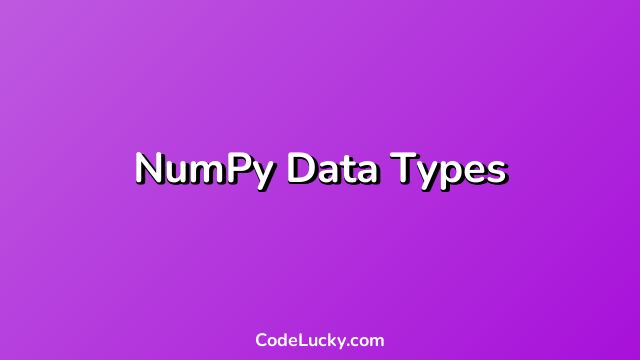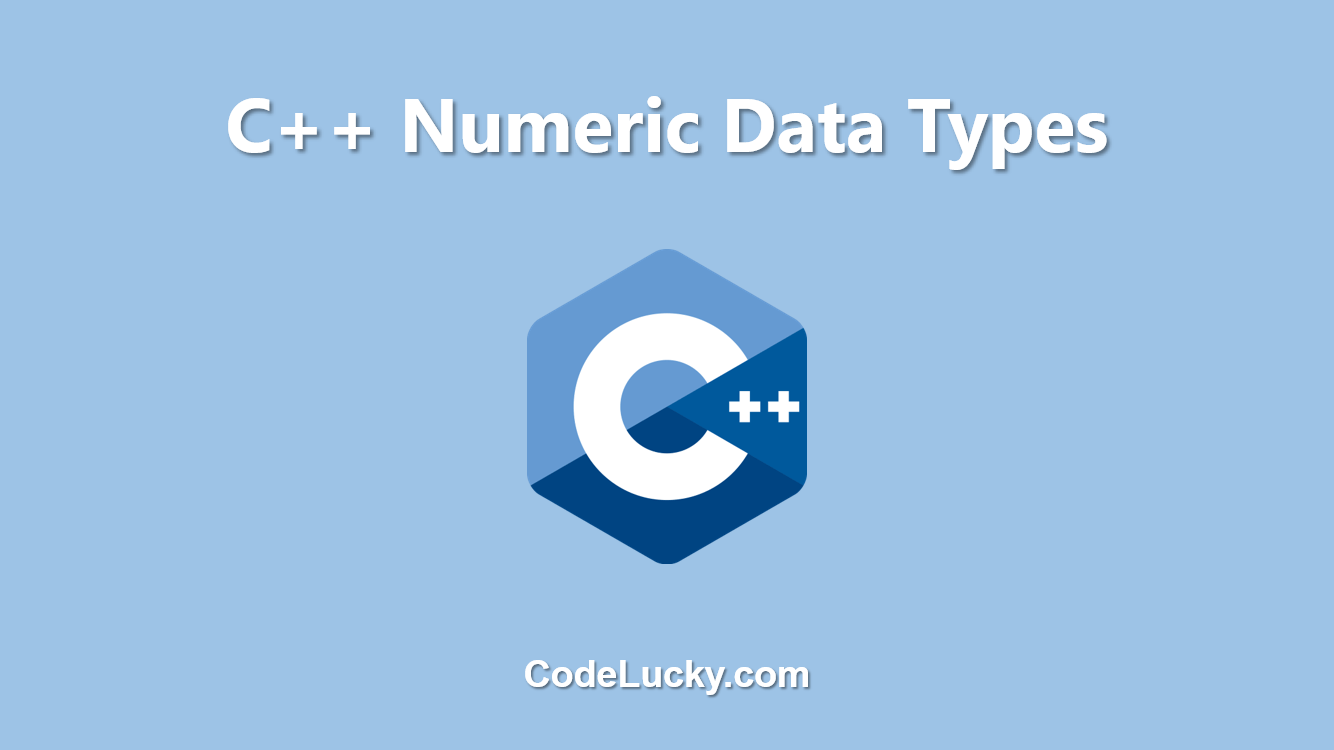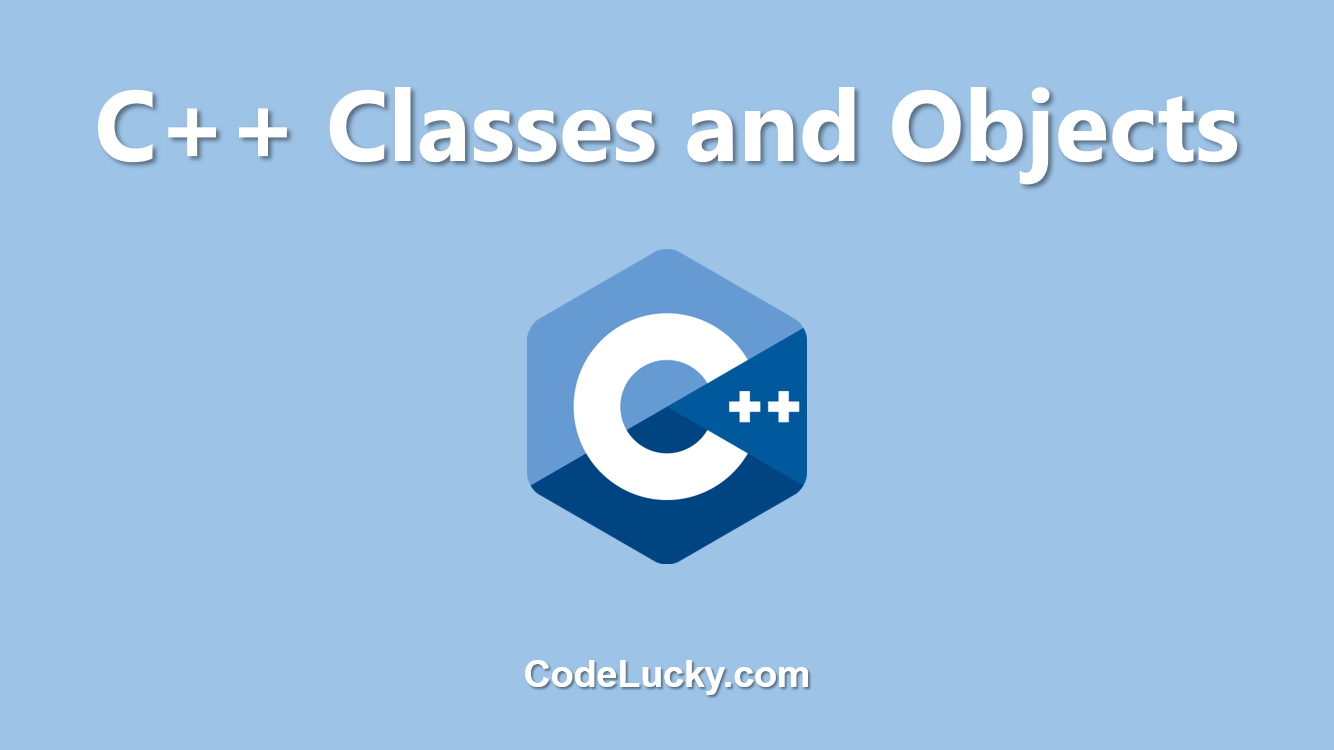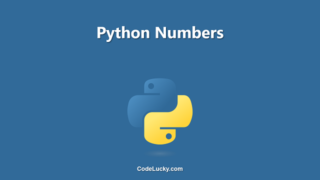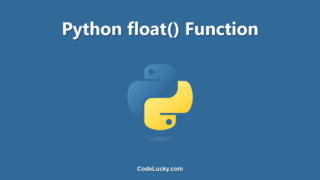Numpy is a scientific computing library for Python that provides tools to work with multidimensional arrays of data. NumPy provides a powerful set of tools for working with data, and it includes an extensive library of functions for manipulating and transforming data.
In this tutorial, we will explore the different data types that NumPy offers and how to use them for various tasks.
Numpy Data Types And Their Example
Numpy provides a few different types for storing and manipulating data:
- int: Integers
- float: Floating-point numbers
- complex: Complex numbers with float- or double precision
- bool: Boolean (True, False)
- object: Objects
- unicode: Unicode characters
Let’s take a closer look at these types.
Integers
Integers can be specified as either signed or unsigned, and their size (in bits) can be customized. Here are a few examples:
import numpy as np a = np.array([0, 1, 2, 3]) # 32-bit integer print(a.dtype) # prints "int32" b = np.array([0, 1, 2, 3], dtype=np.int64) print(b.dtype) # prints "int64"
The above example creates two arrays of integers, one with 32-bit integers and one with 64-bit integers. Note that the default integer size is often 32 bits (int32).
Floating-Point Numbers
Floating-point numbers can be specified with single-, double-, or extended-precision. Here are a few examples:
a = np.array([1.0, 2.0, 3.0]) # float64 print(a.dtype) b = np.array([1.0, 2.0, 3.0], dtype=np.float64) print(b.dtype)
The above example creates two arrays of floating-point numbers, one with single-precision (float32) and one with double-precision (float64).
Complex Numbers
Complex numbers can be specified with single- or double-precision. Here are a few examples:
a = np.array([1 + 2j, 3 + 4j, 5 + 6j]) # complex128 print(a.dtype) b = np.array([1 + 2j, 3 + 4j, 5 + 6j], dtype=np.complex64) print(b.dtype)
The above example creates two arrays of complex numbers, one with single-precision (complex64) and one with double-precision (complex128).
Boolean
Boolean values can be represented with a single bit. Here are a few examples:
a = np.array([True, False, True, False]) # bool print(a.dtype)
The above example creates an array of boolean values, all represented as single bits.
Record Arrays
Record arrays allow you to specify an array of objects, where each object has multiple named fields. Here is an example:
a = np.array([(1.5, 2.5, 3.5), (4.5, 5.5, 6.5)],
dtype=[('x', np.float64), ('y', np.float64), ('z', np.float64)])
print(a['x'])
print(a['y'])
print(a['z'])
The above example creates a record array where each object has three named fields (x, y, and z), each of which contains a float value. You can access the fields of a record array using the field names.
String Type
The string type allows you to specify an array of strings. Here is an example:
a = np.array(['Hello', 'World'], dtype=np.string_) print(a.dtype)
The above example creates an array of strings, where each string is represented as a fixed-size block of bytes.
Upcasting
If you create an array of a lower-precision data type and try to store a higher-precision value in it, NumPy will silently upcast the value to the higher-precision data type. This behavior can lead to unexpected results, so you should be careful when working with arrays of mixed data types.
Here is an example:
import numpy as np a = np.array([1, 2, 3], dtype=np.int32) print(a.dtype) a[0] = 1.5 # this will be silently upcast to 1, because int32 cannot hold a floating-point value print(a)
The above example creates an array of 32-bit integers, then tries to store a floating-point value (1.5) in it. Since 32-bit integers cannot hold floating-point values, NumPy silently upcasts the value to an integer, resulting in the value 1.
Conclusion
NumPy provides a wide variety of data types for working with arrays, and gives you the ability to customize the size and precision of the data. If you need to work with large amounts of data, NumPy is an excellent tool that can help you process, transform, and analyze data quickly and efficiently.

